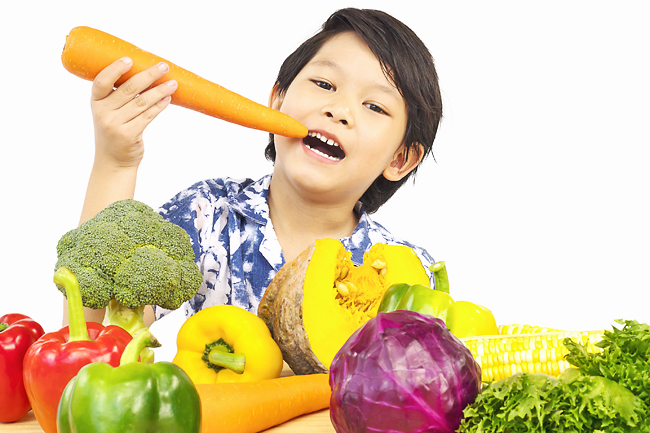Aqilah Rahman
For young children, consuming a diverse diet during the first two years of life is associated with improved linear growth. The lack of diversity in food consumption, particularly nutrient-dense food such as eggs, fish, dairy products, fruits and vegetables, can put children at risk of nutrient deficiencies, stunted growth and impaired physical and cognitive development.
However, millions of families are struggling to provide their children with the nutritious food they need.
Published by the United Nations Children’s Fund (UNICEF), the Child Food Poverty report highlights the global crisis of child food poverty – a state where young children do not eat the bare minimum number of food groups they need in early childhood.
“Children cannot live on staple grains alone. They need to eat a diverse range of nutritious food – including fruits, vegetables, fish, eggs, and dairy products – to fuel their growing brains and bodies,” said UNICEF Executive Director Catherine Russell in the report’s foreword.
“Yet today in low- and middle-income countries, two out of three children under the age of five experience food poverty. These children are not fed the minimum diverse diet they need to grow and develop to their full potential.”
The report highlights that young children should eat a variety of food to meet their nutrient needs and support healthy growth and development.

At least five out of the following eight recommended food groups should be consumed: 1. breast milk; 2. grains, roots, tubers and plantains; 3. pulses (beans, peas, lentils), nuts and seeds; 4. dairy products (milk, infant formula, yogurt, cheese); 5. flesh food (meat, fish, poultry, organ meats); 6. eggs; 7. vitamin-A-rich fruits and vegetables; and 8. other fruits and vegetables.
Children who are fed four or less of the food groups per day mentioned are categorised as experiencing food poverty. Globally, 478 million children under five are experiencing food poverty, of whom 202 million are suffering from severe food poverty (zero-two food groups/day).
South Asia accounts for a majority of the number of children suffering from severe food poverty with 64 million children, which is half of the total number in the region followed by West and Central Africa (31 million) and Eastern and Southern Africa (27 million). Together, South Asia and sub Saharan Africa account for over 60 per cent of all children living in severe food poverty.
According to the 2022 Global Report on Food Crises, 42 countries are experiencing high levels of food and nutrition insecurity, of which 15 are experiencing some of the worst impacts of the global crisis. The 15 countries account for eight million children with severe wasting and 40 million children living in severe food poverty.
At most, the children consume two of the recommended food groups instead of the minimum five for a healthy growth and development. These 15 countries account for over 20 per cent of all children living in severe food poverty.
In the 15 most affected countries, more than 85 per cent of children living in severe food poverty in early childhood are being fed breast milk/dairy with starchy staples (grains, roots and tubers). Their diets severely lack nutrient-rich food such as eggs, fish, poultry, meat, pulses, nuts, fruits and vegetables.
Children in the Horn of Africa are particularly vulnerable. More than half of the children living in severe food poverty are only being fed some milk, either breast milk alone or combined with animal milk.
The report calls for governments to take the lead to end child food poverty and guarantee every child’s right to food and nutrition. This includes making nutritious food more available and affordable, leveraging health systems to deliver essential nutrition services, designing protection systems for vulnerable families, and strengthening nutrition governance nationally and globally.
“Families everywhere play a critical role in ensuring that children are fed nutritious food, but they cannot do it alone,” said the executive director.
“The crisis of children living in food poverty must be solved through a systems approach – leveraging the potential of food, health and social protection systems – and driven by decisive political will and national and global investments.
“Every child has the right to food and nutrition. Especially now, with so many millions of children at risk, it is up to all of us to help realise that right for every child – and prevent food poverty from casting a shadow over the futures of yet another generation of children.”






